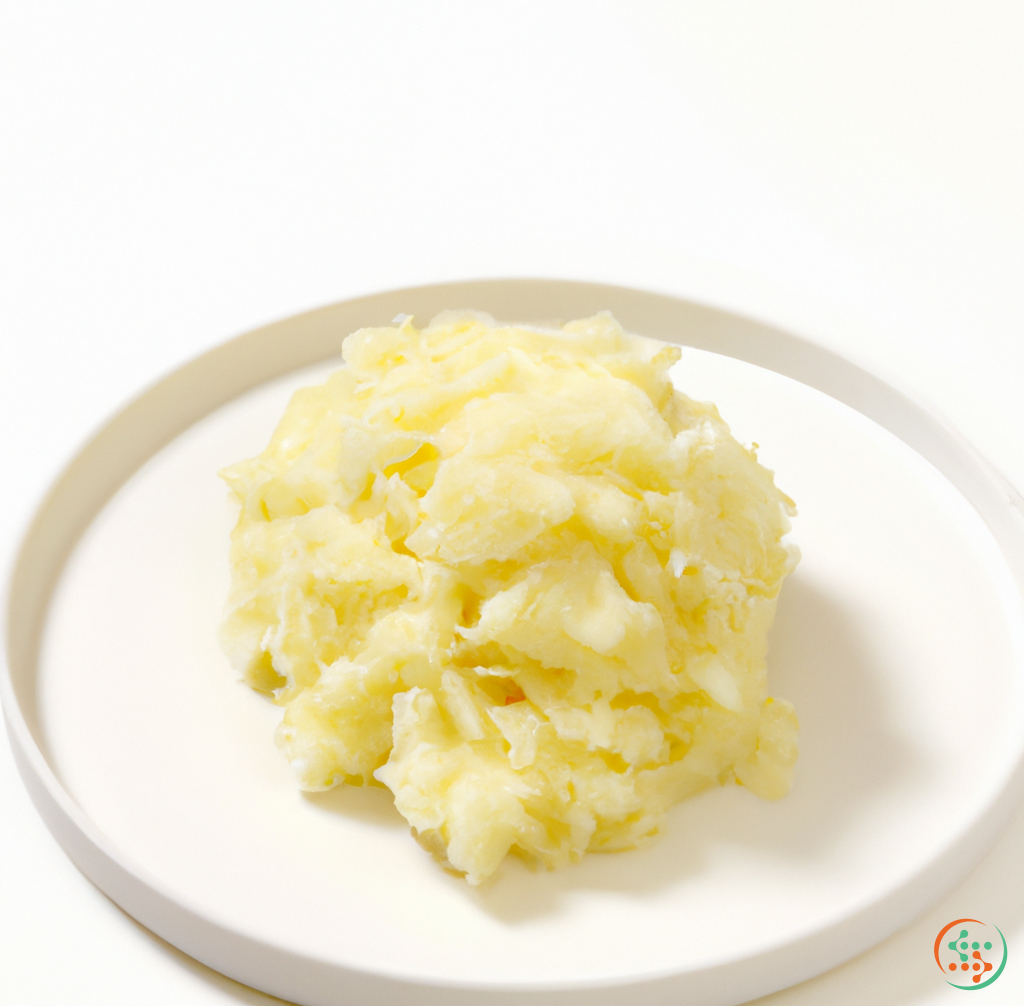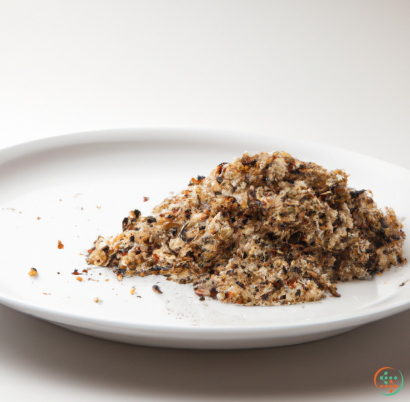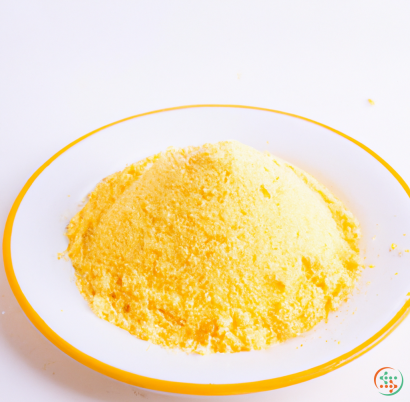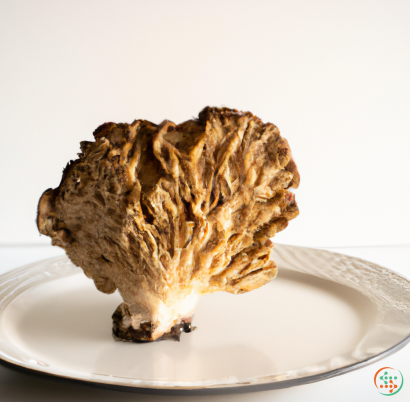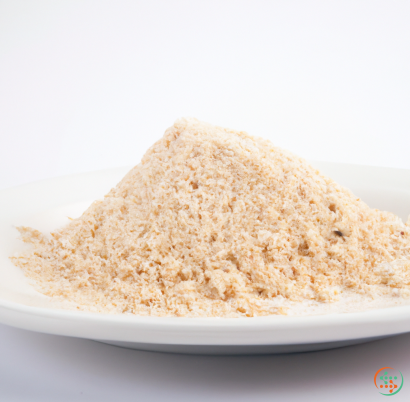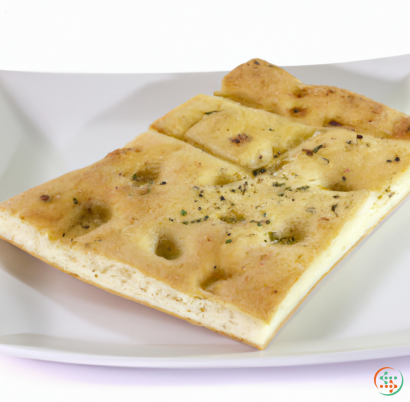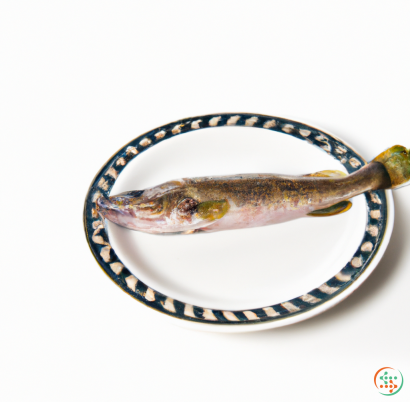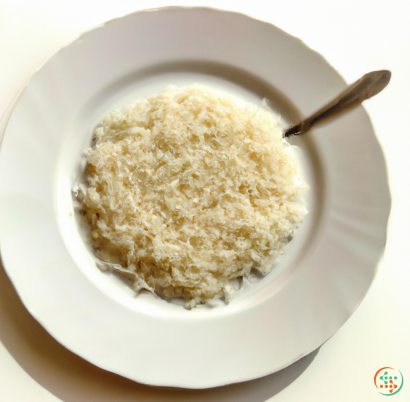Potato Starch
Potato starch is a highly refined form of starch derived from potatoes, with a unique set of characteristics that have made it a popular ingredient in various food products and industrial applications. It is an inexpensive, simple, and vegan way to thickening sauces, stews, and desserts, and to making them smooth and creamy. It’s also used as an alternative to wheat or other grain-based starches, as it provides an easy way for people who are gluten-free to incorporate a starch element into their meals.
Potato starch is a by-product of the potato processing industry. After potatoes are peeled, chopped and cooked, the water is drained and the residue is the potato starch. It begins as a thick paste and is dried and powdered during the manufacturing process. Many manufacturers in many countries produce potato starch, and most of them follow very strict regulations while producing this additive-free ingredient. Potato starch is gluten and allergy-free, and has no artificial ingredients like some other starches.
That said, it also has a range of unique culinary applications which make it a helpful ingredient in many recipes. Aside from being used as a thickener, it can also be used as a binder in foods like dumplings and sausages, as a batter for fried food and as an egg replacement in vegan baking. It can give baked goods an airy, light texture and keep them moist, while crisps and fritters will be crunchy and retain their shape.
It can also be used in a variety of non-food applications. For example, it’s used in textile production to make fabrics stiffer, and it can be used as a coating for paper and cardboard items for reinforcement. It can also be found in household items like detergents, adhesives, and paper products.
The popularity of potato starch is due to its properties, which make it so versatile and useful. It’s composed mostly of amylopectin, a type of polysaccharide found in all plants, which is what gives it its binding and thickening capabilities. It contains few proteins and no gluten, making it an ideal thickener for those with gluten sensitivities. While it’s an ideal thickener for sauces and soups, it’s also possible to use it as a base for gluten-free baking and as a coating for fried foods.
The starches found in potatoes have been ‘hydrolyzed’, which means that some of the starch molecules have been broken down into smaller particles, making them more reactive when added to liquid and easier to dissolve. Because of this, potato starch is an ideal choice for sauces and creams, which require a light and silky texture.
Potato starch is often sold as a powder, and it usually comes in two varieties: fine-grained and course-grained. The type that is used typically depends on the recipe, as sometimes a fine-grained version will result in a lighter texture, and a course-grained version will be the best choice for creating a thicker texture.
It’s important to note that potato starch should not be confused with potato flour, as the two are different products. Potato flour is a high-protein flour made from dried potato flakes which has a heavy texture and slightly sweet taste, whereas potato starch is a completely different product which is neutral-tasting and is used to thicken sauces and stews.
Overall, potato starch is a versatile, affordable and safe thickening agent with a variety of uses. Its unique properties make it useful in both food and non-food applications, and its ability to create a light and creamy texture makes it an ideal choice for sauces, stews and vegan baking alike. Its gluten and allergen-free status make it an ideal substitution for wheat-based starches for those with a gluten sensitivity, so it’s a great item to have on hand in the pantry.
The journey from a potato in the ground to becoming a delicious side dish on a dining room table is a fascinating one. From starch molecules in the potato cells to a tasty, fluffy side dish – potato starch plays a key role in this journey. In this post, we’ll take a close look at how potato starch is created, its properties and chemistry, and its various applications in the food industry.
The Basics of Potato Starch Processing
Potatoes are a root vegetable that are very high in starch, and they can be used as a source of high-quality food starch. Potato starch is made by crushing and washing raw potatoes, extracting the starch-rich liquid, and then drying it into a white powder. To ensure the highest level of purity and consistency, potato starch processing often begins with specially cultivated potatoes which are specifically grown for starch production.
The first step in the potato starch production process is a mechanical process in which peeled and washed potatoes are crushed and mixed with hot water to separate the starch particles from the other parts of the potato. This liquid is then sent to a starch factory where it is filtered and cooled before being centrifuged, which separates the starch grains from the other parts of the potato. This starch-rich liquid is then passed through a series of separation filters, where the starch is concentrated, separated from impurities, and then pumped into large storage tanks. Finally, the starch is dried and cooled, producing a pure white powder known as potato starch.
The Properties of Potato Starch
When looking at the molecular composition of potato starch, the most abundant molecule is amylose, which is a long chain of glucose molecules. Amylose is responsible for giving potato starch its unique and desirable properties, such as its light and fluffy texture, and its high solubility in hot water.
In addition to its unique properties, potato starch is also very versatile in terms of its application. Due to its high purity level, potato starch can be used in many different ways, from baking and cutting to help create a smooth surface, to thickening and binding in soups, sauces and casseroles. Potato starch is also used in the food industry for making baked goods, foods for people with gluten allergies, and for providing extra crunch and structure in products such as crisps and crackers.
Chemistry of Potato Starch
The chemical composition of potato starch is an intricate combination of carbohydrates and proteins, but the most important components of potato starch are the two forms of glucose known as amylose and amylopectin. Amylose is a very long chain of glucose molecules that is composed of up to 40%, or even more, of the potato starch’s total weight. Its high levels of amylose give potato starch its unique properties, including its ultra-light and fluffy texture. Furthermore, the amylose in potato starch helps to bind together the structure of the potato starch and solidify it, giving it the unique property of being able to form a gel when heated and cooled.
On the other hand, amylopectin is also composed of glucose molecules, but it’s composed of much shorter chains than amylose, and it makes up the remaining 60% of the potato starch’s total weight. Amylopectin helps to give potato starch a slightly granular texture, as well as the ability to thicken and bind other ingredients when heated.
How potato Starch Travels to Your Plate
Once harvested and processed, potato starch is packaged and shipped to manufacturers, who then use it to make all kinds of products, from baby food to canned soup. The potato starch is also used in a variety of baked goods, such as breads and pizza crusts, as well as to thicken sauces and gravies. Eventually, after travelling a long journey from the fields to your plate, the potato starch is added to the food you eat, giving it the unique texture, taste and structure that you know and love.
Conclusion
Ultimately, potato starch is an incredibly important ingredient in the food industry and its processing is a fascinating journey from soil to dinner table. From its molecular composition as amylose and amylopectin to its numerous applications as a binder, thickener and ingredient in many different types of food – potato starch plays a critical role in helping create tasty and unique dishes. So, the next time you’re enjoying a delicious side dish, remember to give thanks to those tiny starch molecules for helping to make it possible!
| Vitamin E | 0.25 mg | |
| Vitamin C | 0.0038 grams | |
| Vitamin B1 | 0.23 mg | |
| Vitamin B2 | 0.05 mg | |
| Vitamin B3 | 0.00351 grams | |
| Vitamin B4 | 0.0395 grams | |
| Vitamin B5 | 0.47 mg | |
| Vitamin B6 | 0.77 mg | |
| Vitamin B9 | 0.025 mg |
| Calcium | 0.065 grams |
Daily Value 1.3 g
|
| Iron | 0.00138 grams |
Daily Value 0.018 g
|
| Magnesium | 0.065 grams |
Daily Value 0.4 g
|
| Phosphorus | 0.168 grams |
Daily Value 1.25 g
|
| Potassium | 1.001 grams |
Daily Value 4.7 g
|
| Sodium | 0.055 grams |
Daily Value 2.3 g
|
| Zinc | 0.54 mg |
Daily Value 0.011 g
|
| Copper | 0.2 mg |
Daily Value 0.9 mg
|
| Manganese | 0.31 mg |
Daily Value 0.0023 g
|
| Selenium | 0.0011 mg |
Daily Value 0.055 mg
|
| Tryptophan | 0.115 grams | |
| Threonine | 0.28 grams | |
| Isoleucine | 0.299 grams | |
| Leucine | 0.425 grams | |
| Lysine | 0.413 grams | |
| Methionine | 0.107 grams | |
| Cystine | 0.07 grams | |
| Phenylalanine | 0.316 grams | |
| Tyrosine | 0.224 grams | |
| Valine | 0.356 grams | |
| Arginine | 0.374 grams | |
| Histidine | 0.166 grams | |
| Alanine | 0.328 grams | |
| Aspartic Acid | 1.173 grams | |
| Glutamic Acid | 0.932 grams | |
| Glycine | 0.256 grams | |
| Proline | 0.265 grams | |
| Serine | 0.234 grams |
| Total Sugars | 3.5 grams |
per 100g
|
| Lauric acid (12:0) | 0.01 grams |
|
| Palmitic acid (16:0) | 0.06 grams |
|
| Stearic acid (18:0) | 0.01 grams |
|
| Total Saturated fatty acids: | 0.08 g | |
| Linolenic acid (18:3) | 0.04 grams |
|
| Linoleic acid (18:2) | 0.11 grams |
|
| Total Polyunsaturated fatty acids: | 0.15 g | |
